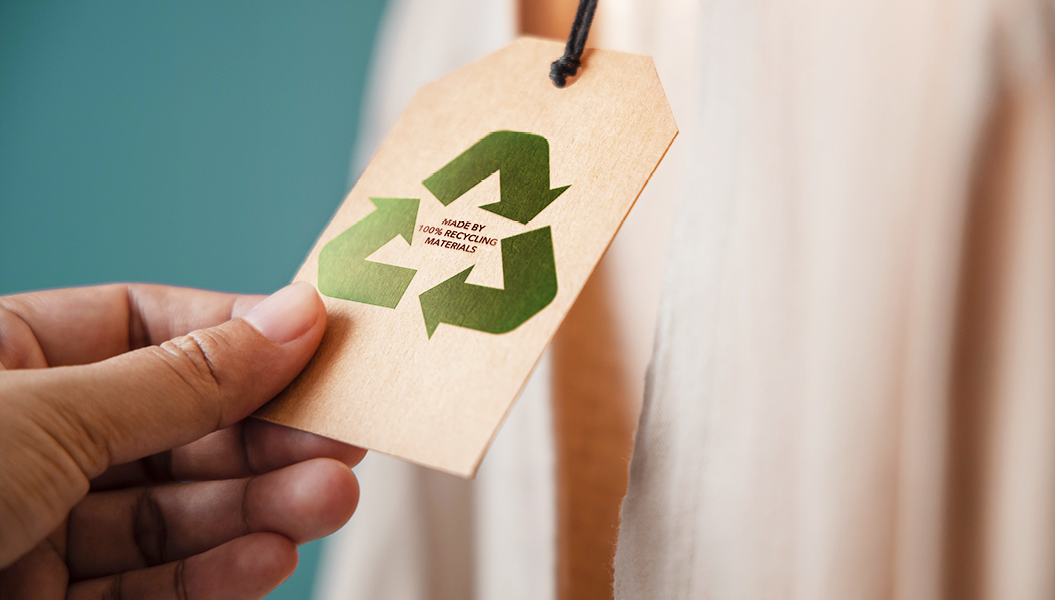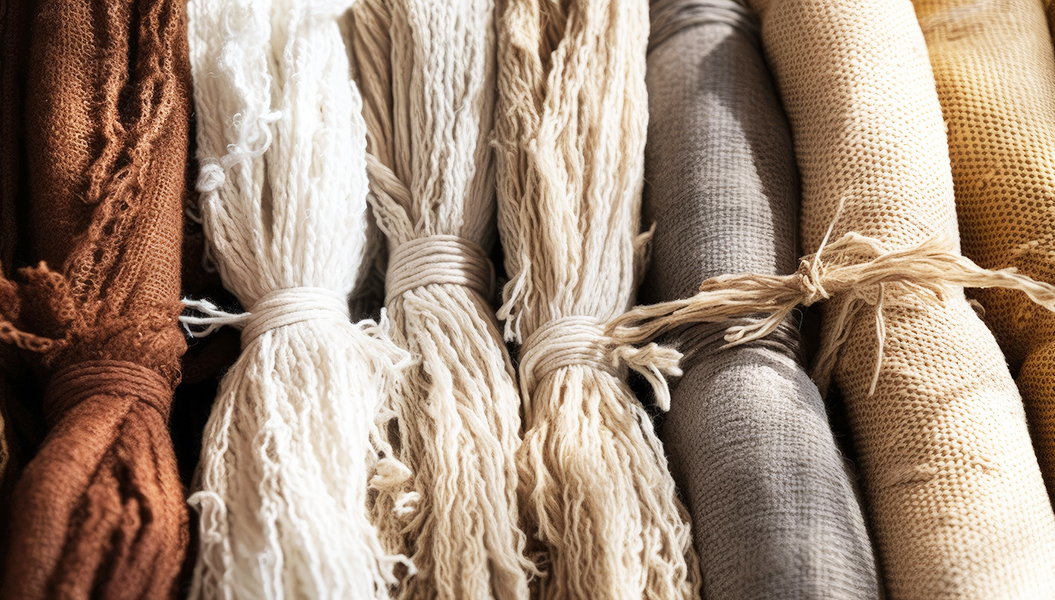HOW ARE TEXTILES RECYCLED?
Textile recycling is the process by which old clothing and other textiles are recovered for reuse or recycled as materials. These activities are the basis of textile recycling industry.
The steps in the textile recycling process include: donation, separate collection, sorting and processing of textiles, then onward transportation to end users of used clothing, rags or other recycled materials.
1
Textile donation
2
Separate collection
3
Sorting and processing
4
Transportation to end users

Once in landfills, textile fibres can take hundreds of years to decompose. In the process, they release methane and CO2 into the atmosphere. In addition, synthetic fabrics cannot decompose and, once in landfills, may release toxic substances into groundwater and surrounding soils.
Therefore, the environmental benefits of recycled textiles are important, which are in the following areas:
Landfill space is saved, given that synthetic fibres do not decompose and natural fibres can emit greenhouse gases;
The use of virgin fibres is avoided;
Reduced energy and water consumption;
Contamination is avoided;
Reduced demand for colorants.
There are differences in the recycling of natural and synthetic fibres and we will only mention the main here.
Recycling of natural textiles:
Sorting Incoming material that is not suitable for reuse is sorted by type and colour – this prevents the need for additional colouring. Colour sorting also has the advantage that no re-washing is required, saving energy and avoiding contaminants.
Shredding The textile fabrics are then drawn into fibres or shredded. Depending on the end use of the yarn, other fibres may also be included.
Carding Next is cleaning the yarn and mixing through a carding process.
Rewounding The yarn is then rewound and is ready for subsequent use for weaving or knitting.
Application Fibres not suitable for this process are used for textile fillings, for example in mattresses.
Recycling of polyester textiles:
The process goes through different stages: garments are shredded and then granulated for processing into polyester chips. They are subsequently melted and used to create new fibres which are applied in new polyester fabrics.


WHAT TEXTILES CAN BE RECYCLED?
Recycling textiles is very important for protecting the environment and saving natural resources. You can contribute.
Below is a list of clothes, shoes and other textiles that can be recycled. When handing in textiles for recycling, remember that all items must be clean and dry.

